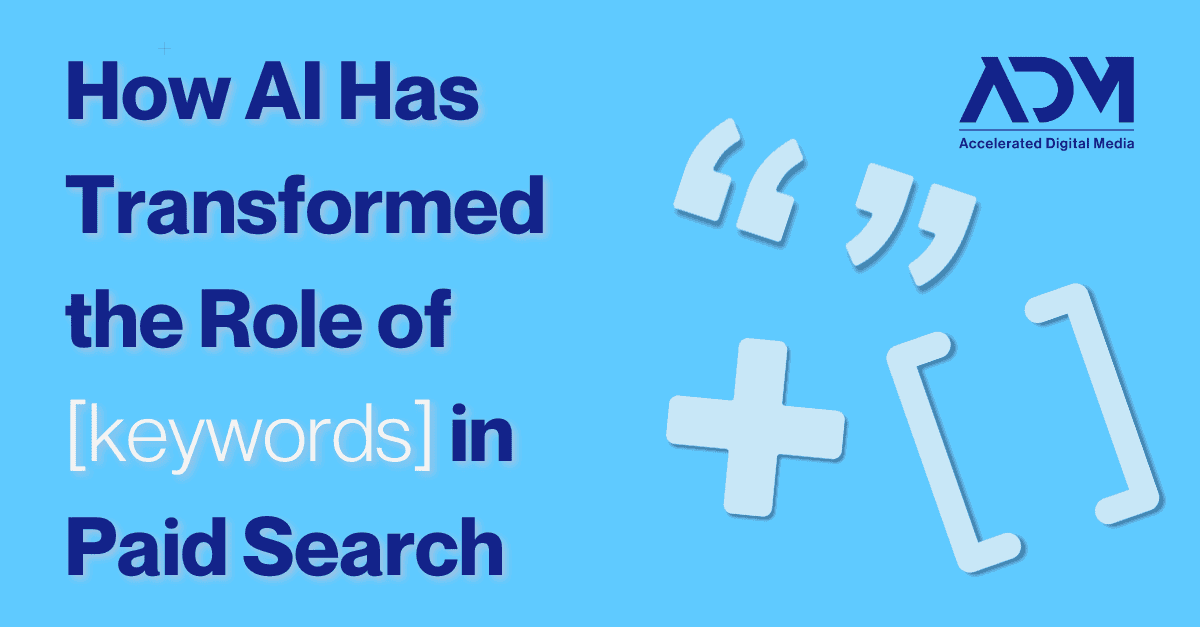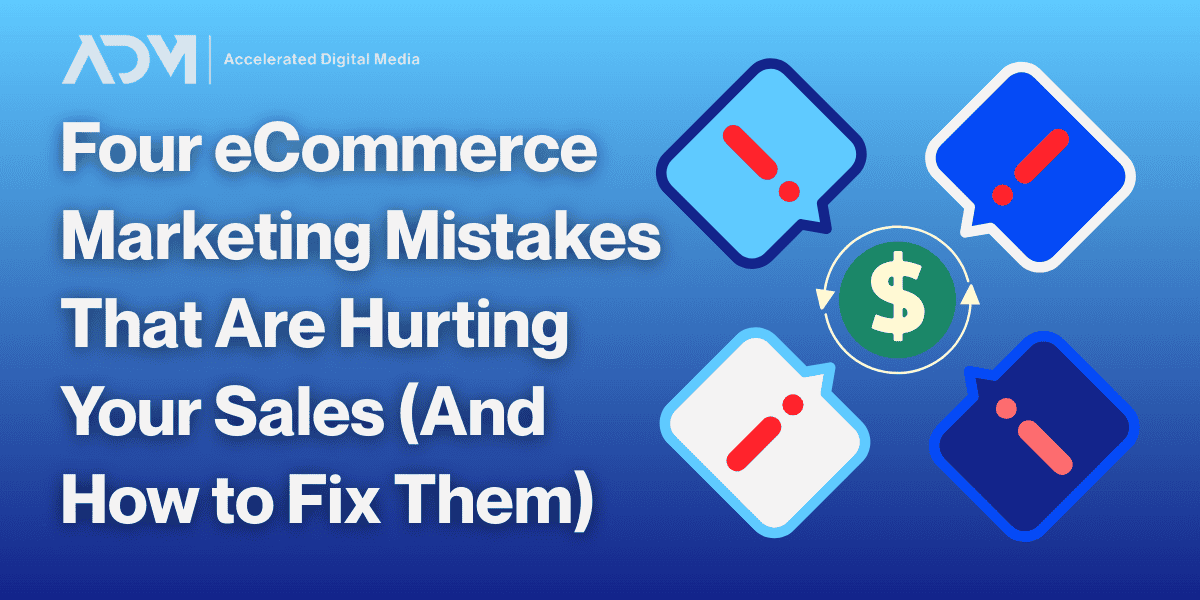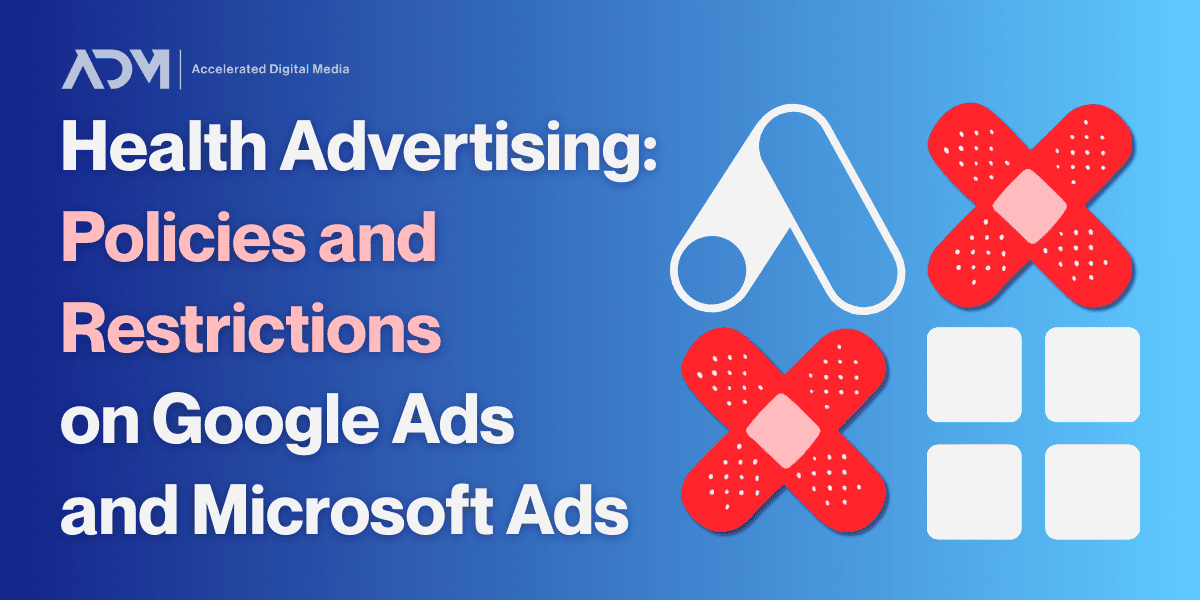AI has been revolutionizing digital marketing for some time now, and it’s a topic we write about frequently on both the SEM and paid social side. But its impact isn’t just found in advanced digital marketing tools like smarter campaigns or dynamic ad construction. It has also fundamentally changed the building blocks of what we call paid search: keywords.
Just a few years ago, the approach to keyword match types was markedly different, primarily due to advancements in Google’s ability to decipher user intent through AI technology. This evolution has significantly altered the strategies that advertisers employ to ensure their ads align with specific searches, maintaining relevance while expanding reach.
The Evolution of Keyword Match Types
Historically, digital marketers—especially those who’d been in the game for some time—relied heavily on Exact Match keywords to replicate user searches with precision. If a user searched for “blue suede shoes,” but the targeted keyword was [suede shoes], the ad would not be triggered. However, a phrase match version of “suede shoes” in a campaign would indeed trigger an ad to serve. A dependence on Exact Match keywords was a great way to whittle out irrelevant searches, but it demanded meticulous keyword management and constant monitoring to understand user behavior.
Today, Exact Match terms have evolved to include “close variants,” a concept that extends beyond simple pluralization. This new approach encompasses misspellings, stemmings (e.g., “floor” and “flooring”), abbreviations, and varying phrases (e.g., “running shoes” vs. “shoes for running”). Essentially, what is considered Exact Match now is most similar to the previous understanding of Phrase Match, which had a broader scope.
Phrase Match has also undergone a significant transformation, now enabling campaigns to serve ads for a wider array of search queries without needing specific keywords in a particular order. For instance, a user searching for “pull out toolbox for pickup” can be served an ad triggered by the phrase match keyword “truck bed tool box.” This broader reach reduces the need for advertisers to constantly update keyword lists, streamlining the process of maintaining relevant ad coverage.
The Role of Broad Match Keywords
While these changes reflect shifts in Google Ads policy, they aren’t due to dedicated Google employees analyzing every possible keyword and grouping them together by relevance. They’re made possible by a powerful algorithm that has gotten better over time at putting two-and-two together when looking for user intent. Which brings us to what has happened with Broad Match.
In the earlier days of digital marketing, Broad Match keywords were known to be somewhat indiscriminate in nature, often triggering ads for completely irrelevant queries. To mitigate this, Broad Match Modified keywords allowed advertisers to place constraints on the queries, ensuring that certain modifiers were present for the ad to show. For example, the keyword “shoes +suede” would only trigger an ad if the user’s query included “suede,” thereby increasing relevance.
However, Broad Match Modified keywords were phased out a few years ago, leading advertisers to rely heavily on extensive Exact and Phrase match keyword lists. This shift necessitated more precise keyword management to replicate coverage across all relevant themes.
Today, Broad Match keywords have become significantly more sophisticated thanks to Google’s AI. They allow advertisers to serve ads for queries that may not fit neatly into existing keyword lists. At ADM, we often utilize Broad Match keywords in separate campaigns where the Phrase Match variants are applied as negatives. This strategy ensures that our Broad Match campaigns serve ads for queries we aren’t actively bidding on, helping us discover new keywords and themes while keeping our accounts updated with evolving user search behavior.
How Broad Match Keywords Turned into Conversion Drivers
One of the most noteworthy developments in the realm of Broad Match keywords is their effectiveness as conversion drivers. Historically, Broad Match keywords were used primarily for exposure and brand awareness, functioning as a top-of-funnel tactic. However, the advancement of Google’s AI has drastically improved the alignment of ads with user intent. Today, it isn’t uncommon to see campaigns composed exclusively of Broad Match keywords converting at higher rates than Exact and Phrase Match campaigns.
Even when the conversion rate for Broad Match campaigns is higher, automated bid strategies (which we discussed in this blog) often enable advertisers to serve ads in less competitive and cheaper auctions. This means that the cost per acquisition (CPA) can still be competitive with other keyword match types, showcasing the efficiency of modern AI in optimizing ad performance.
Understanding the Changing Role of Search Keywords
The advancements in the AI that underpins search engines have profoundly transformed the role of keywords in digital marketing. The shift from a rigid pursuit of Exact Match coverage to a more flexible, intent-based matching process has streamlined the management of keyword lists, reduced the need for constant updates, and expanded the reach of campaigns. Broad Match keywords, once used primarily for broad exposure, now serve as powerful conversion tools, thanks to sophisticated AI algorithms that accurately align ads with user intent.
As digital marketers, embracing these technological advancements and understanding the evolving nature of keyword match types is crucial. By understanding how AI has changed even the most basic functions of paid search, we can find new ways to build campaigns that are more relevant, efficient, and effective than ever. The future of digital marketing lies in adapting to and harnessing the ways that AI will continue to reshape it—something that ADM has always embraced. If you’re looking for a digital marketing partner that knows how to stay atop of constant evolutions while maximizing results, reach out to our team for a consultation.




